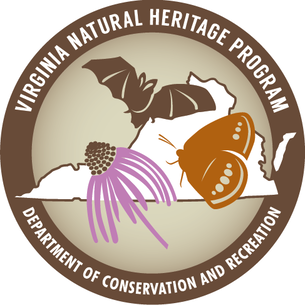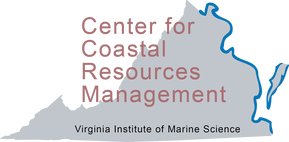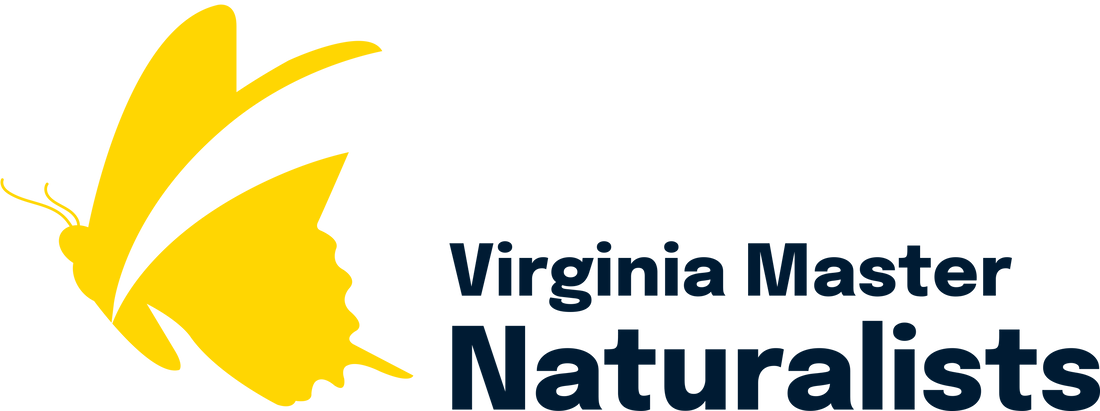
Virginia Master Naturalist Volunteers Digitize Watchlist Data
Virginia Master Naturalists recently completed a special project with the Virginia Department of Conservation's Natural Heritage division. Natural Heritage Zoology Lab Manager Olivia Latham contributed this report about the effort.
From Fall 2020 to Summer 2022, volunteers from the Master Naturalist Program transcribed over 800 pages of paper records from Virginia Natural Heritage’s Watchlist species log into a digital Excel spreadsheet. These records encompass about 20 years of data collection and have now been sent to the Natural Heritage data management team for input into the Biotics database. Biotics is a spatial data management system that is used to track the locations, condition, and conservation status of Virginia's rare, threatened, and endangered species, significant caves, and exemplary natural communities. Once uploaded, these species records will be mapped allowing Virginia’s vulnerable plant and animal species to be monitored more accurately and shared with conservation partners.
Virginia Master Naturalist volunteers worked in pairs to transcribe records and double-check each other’s work. They faced challenges of translating Natural Heritage codes and jargon, interpreting cryptic handwriting, and working around missing data. They also provided feedback to make the transcribing process more efficient. We are incredibly grateful to the volunteers' hard work and contributions to protecting Virginia’s natural resources.
Well done to VMN volunteers Kathy Fell, Lise Maring, Carol Sutton-Abaire, Mike Zaweski, Anne-Marie Stacey, and Pat Klima! (VMN Director Michelle Prysby also contributed some transcriptions at the beginning, but quickly realized that other volunteers would do a superior job.) Together, these volunteers contributed 505 hours to the effort, equating to $15,557 using the current value of a volunteer hour in Virginia from IndependentSector.org.
Virginia Master Naturalists recently completed a special project with the Virginia Department of Conservation's Natural Heritage division. Natural Heritage Zoology Lab Manager Olivia Latham contributed this report about the effort.
From Fall 2020 to Summer 2022, volunteers from the Master Naturalist Program transcribed over 800 pages of paper records from Virginia Natural Heritage’s Watchlist species log into a digital Excel spreadsheet. These records encompass about 20 years of data collection and have now been sent to the Natural Heritage data management team for input into the Biotics database. Biotics is a spatial data management system that is used to track the locations, condition, and conservation status of Virginia's rare, threatened, and endangered species, significant caves, and exemplary natural communities. Once uploaded, these species records will be mapped allowing Virginia’s vulnerable plant and animal species to be monitored more accurately and shared with conservation partners.
Virginia Master Naturalist volunteers worked in pairs to transcribe records and double-check each other’s work. They faced challenges of translating Natural Heritage codes and jargon, interpreting cryptic handwriting, and working around missing data. They also provided feedback to make the transcribing process more efficient. We are incredibly grateful to the volunteers' hard work and contributions to protecting Virginia’s natural resources.
Well done to VMN volunteers Kathy Fell, Lise Maring, Carol Sutton-Abaire, Mike Zaweski, Anne-Marie Stacey, and Pat Klima! (VMN Director Michelle Prysby also contributed some transcriptions at the beginning, but quickly realized that other volunteers would do a superior job.) Together, these volunteers contributed 505 hours to the effort, equating to $15,557 using the current value of a volunteer hour in Virginia from IndependentSector.org.

New Resources from the Virginia Institute of Marine Science's Center for Coastal Resources Management
Here are some terrific new resources from CCRM!
Here are some terrific new resources from CCRM!
- Coastal Living Guides: These guides link scientific research to actions that people living and visiting the coastal zone can take to respond to changes in their environment. Topics include marine debris, flooding risk, sea-level rise, and shoreline management.
- Virginia Coastal Resources Tool: This tool was developed from the Center's inventories of shoreline and marsh resources. Users can look up locations for tidal marshes, scenarios for sea level rise in different locations, an inventory of shoreline structures, and more.
- CrabTrap App Project: This effort to involve community members in removing derelict crab traps is expanding. The CCRM site has more information about the effort and how to participate.


 RSS Feed
RSS Feed